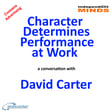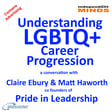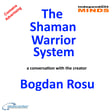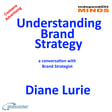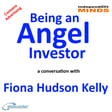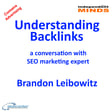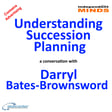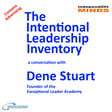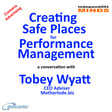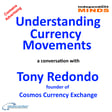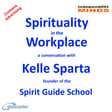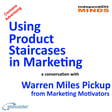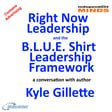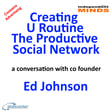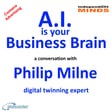
The Case for Bespoke Website Design – a conversation with Usman Skeikh
Usman Skeikh is the Strategic Leader of Web Worx Labs a digital marketing agency based in Toronto Canada.
Usman joins host Michael Millward from a conference in Toronto, to talk about how Web Worx Labs has adopted a build from scratch approach to digital design.
Michael Millward discusses his experience of using both built from scratch websites and template-based websites.
Usman and Michael discuss the different effect the different types of websites can have on site visitors.
In this episode of the Abeceder podcast The Independent Minds, Usman explains how the built from scratch approach improves how every aspect of a brand can be presented and enhanced customer relationships created.
Find out more about both Michael Millward, and Usman Skeikh at Abeceder.co.uk
The Independent Minds is made on Zencastr, because as the all-in-one podcasting platform, on which you can create your podcast in one place and then distribute it to the major platforms, Zencastr really does make creating content so easy.
If you would like to try podcasting using Zencastr visit zencastr.com/pricing and use our offer code ABECEDER.
Travel
Usman is based in Toronto , Canada. With discounted membership of the Ultimate Travel Club, you can travel to Canada, and anywhere else at trade prices.
Fit For Work Look after your health and you will be fit for work.
It is always a good idea to know the risks early so that you can take appropriate actions to maintain good health, that is why we recommend The Annual Health Test from York Test.
York Test provides an Annual Health Test. An experienced phlebotomist will complete a full blood draw at your home or workplace. Hospital standard tests covering 39 different health markers are carried out in a UKAS-accredited and CQC-compliant laboratory.
A Personal Wellness Hub gives access your easy-to-understand results and guidance to help you make effective lifestyle changes anytime via your secure, personal Wellness Hub account.
Visit York Test and use this discount code MIND25.
Three the network Visit Three for information about business and personal telecom solutions from Three, and the special offers available when you quote my referral code WPFNUQHU.
Being a Guest
If you would like to be a guest on The Independent Minds, please contact using the link at Abeceder.co.uk.
We recommend that potential guests take one of the podcasting guest training programmes available from Work Place Learning Centre.
We use Matchmaker.fm to connect with potential guests If you are a podcaster looking for interesting guests or if you have something interesting to say Matchmaker.fm is where matches of great hosts and great guests are made. Use our offer code MILW10 for a discount on membership.
We appreciate every like, download, and subscriber.
Thank you for listening.

